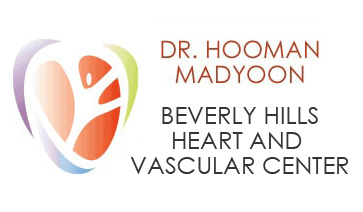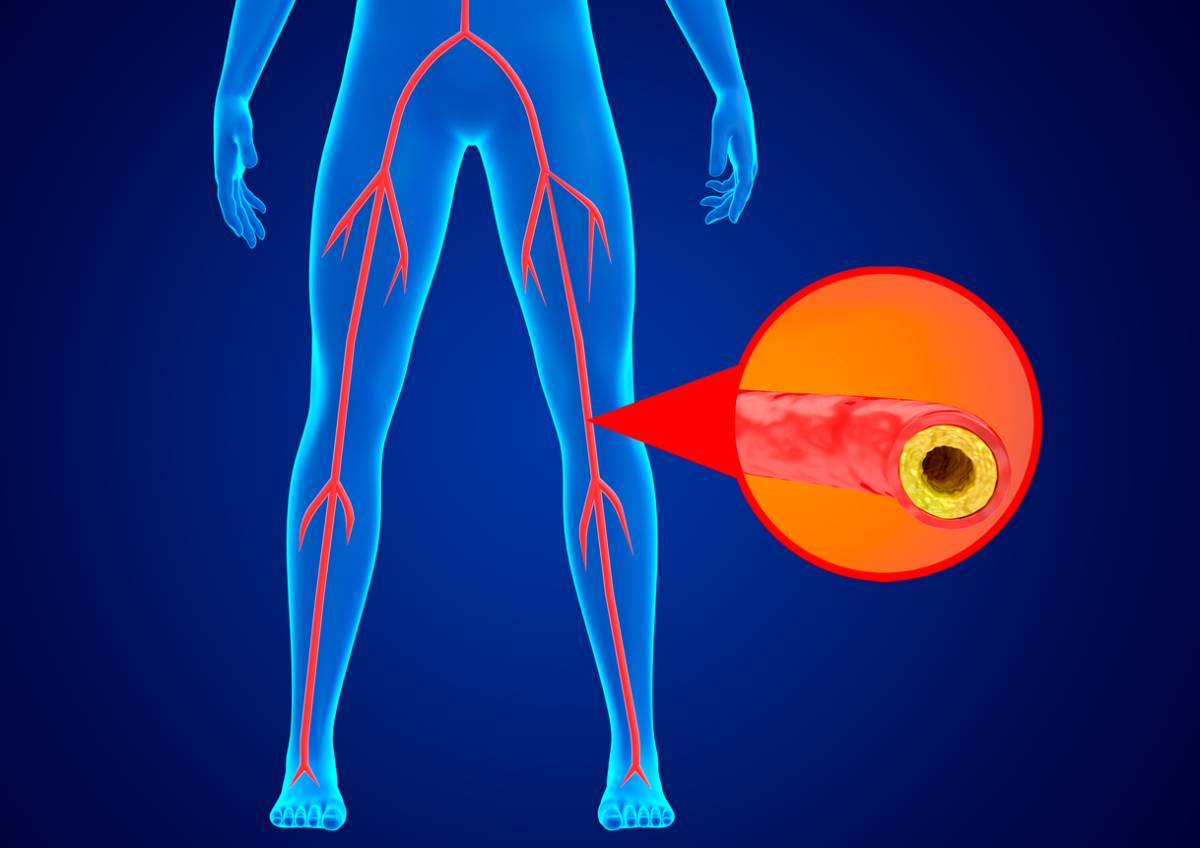There is a serious condition known as critical limb ischemia that creates numbingly painful sores around your limbs and extremities. It can be slow to heal when left untreated, resulting in treatments as serious as amputation or death. It is important to educate yourself about the causes of critical limb ischemia as well as its associated risks in order to stay protected. So why does critical limb ischemia develop?
Why Does Critical Limb Ischemia Develop?
Beverly Hills Heart and Vascular Center offers advanced treatments such as limb salvage surgery to heal this condition and prevent further symptoms.
Chronic Limb-Threatening Ischemia
CLI is not a condition that someone develops on their own. Rather, it is one of the more advanced stages of peripheral artery disease, or PAD. A buildup of unhealthy plaque occurs inside your arteries, completely clogging them up. This restricts the flow of blood to the farthest parts of your body, like your feet and hands.
Without proper blood flow, your limbs will not properly function. The tissues and muscles in your body will slow down. When sores develop on the outside of your skin, it will be more difficult for them to heal. Without treatment, this can turn into a critical chronic condition that puts your life at risk.
Why Does Critical Limb Ischemia Occur?
This life-threatening condition can develop from peripheral artery disease. Without having PAD, it is impossible to get CLI. However, there are plenty of risk factors for peripheral artery disease that make CLI a bigger possibility.
PAD Risks
Some of the biggest risk factors for peripheral artery disease include:
- Smoking or using tobacco products regularly
- A history of hypertension or high cholesterol
- Current problems with blood clotting
- Kidney disease
PAD is similar to other diseases that interrupt the arteries in your heart. It can extend to the ends of your limbs as well, interrupting blood flow to your fingers, hands, feet, and legs.
CLI Risks
The longer someone goes without treating their PAD, the more likely they are to develop critical limb ischemia and other critical conditions as a result. There are additional risk factors that contribute to critical limb ischemia after PAD is present. These risks include:
- Diabetes
- Excessive drinking and smoking
- Chronic kidney disease
- An unhealthy lifestyle
You must treat critical limb ischemia as immediately as possible. It is an incredibly life-threatening condition, with almost 33% of patients requiring an amputation within the first year of developing CLI. It is also possible for patients to die within a year of diagnosis, as CLI can cause a stroke or heart problems.
Symptoms of Critical Limb Ischemia
If you are worried about the possibility of developing this condition, you should be on the lookout for common symptoms. It can be difficult to diagnose CLI because some patients do not feel pain.
Others do feel pain, along with a host of other symptoms such as:
- Hand, feet, and leg numbness
- Sores that never heal or heal very slowly
- Toenails getting thicker
- Losing hair and moisture in the feet
- Many years of blocked arteries
Your doctor will use your current symptoms as well as any other conditions you might be struggling with to diagnose CLI. A series of tests will help you figure out whether or not you have good blood circulation in your fingers and hands. At BHVCI, we may also measure the healing speed of your wounds as well as the depth of your closed arteries.
Seek Treatment for Critical Limb Ischemia Right Now
As an advanced stage of PAD, critical limb ischemia works fast to destroy tissues in your limbs. We can test your blood circulation with an angiogram and possibly save your limb through surgical intervention. Along with traditional CLI treatments, our limb-saving surgical methods are world-renowned for giving people a second lease on life.
Visit our cardiovascular specialist in Beverly Hills to schedule your CLI consultation right away.

